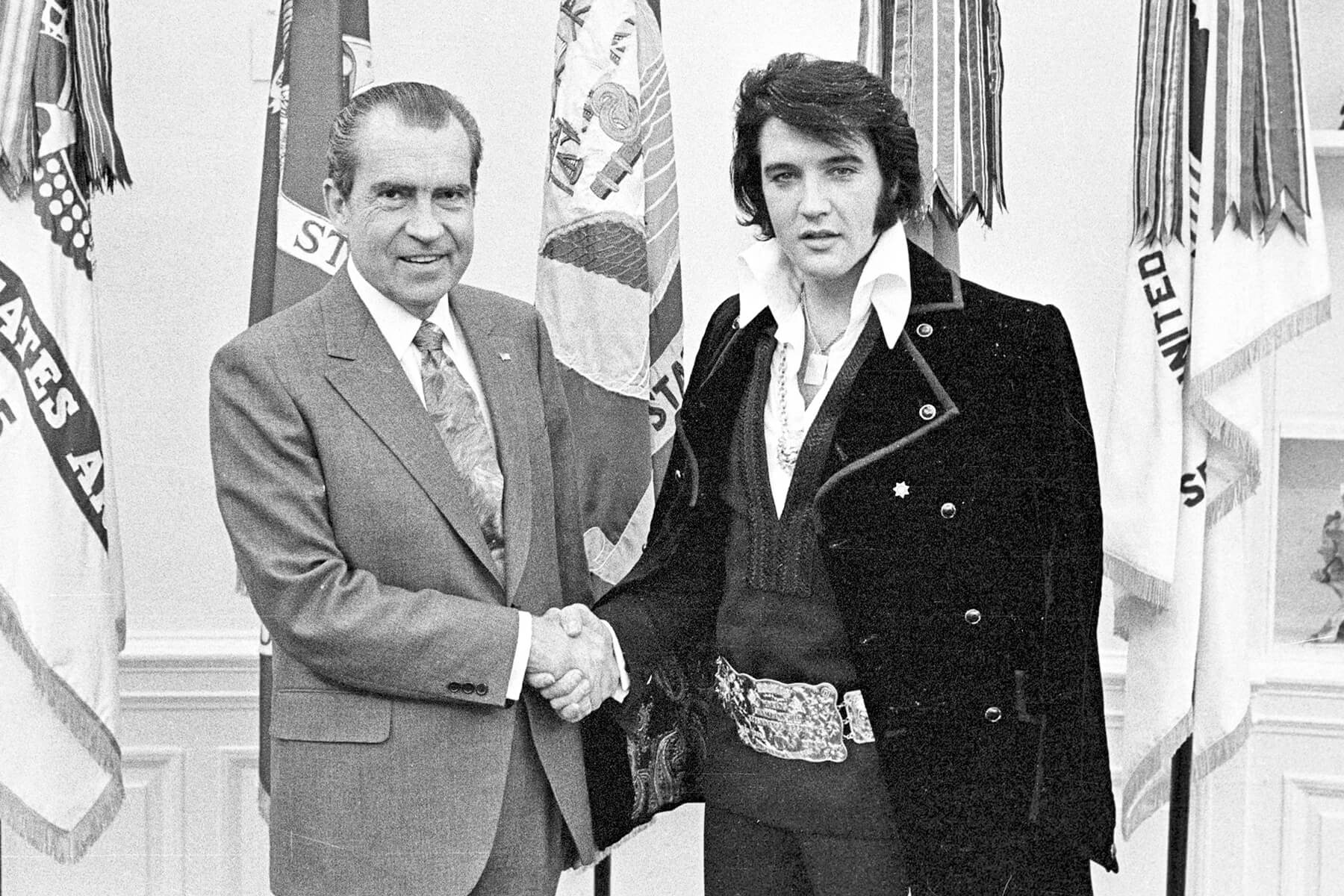We independently evaluate all recommended products and services. If you click on links we provide, we may receive compensation.
A great base is the foundation (pun intended) of any good makeup routine, but finding the right foundation is often easier said than done. From deciding on the correct shade to choosing the best formula for your skin type, there are many things to consider when searching for your perfect match. If you’re a makeup newbie (or even if you’re not), it can all feel more than a little overwhelming. We’re here to help. We tapped editorial and celebrity makeup artist Joseph Carrillo for his tips on finding the best foundation. Keep reading for Carrillo’s insight, plus the 411 on different types of foundation.

Choose Your Formula
Foundation makeup comes in various textures, formulas, and finishes, and the first step in finding your best base is to narrow down what you’re looking for. Most foundations fall into one of three categories: liquid, cream, or powder. Liquid foundations are “the easiest option for beginners,” Carillo says. They’re typically “easy to blend and suitable for most skin types” and can be applied with a brush, sponge, or even your fingers. Cream foundations, meanwhile, tend to offer more coverage and can be a great pick for those with dry skin types, but they may not blend as effortlessly as liquid formulas. Finally, there are powders, which Carrillo says are “great for those with oily skin,” since they can help to mattify and won’t add any unwanted shine.

Pick a Coverage
Another thing to consider when shopping for foundation is how much coverage you want — or, in other words, how opaque you want your foundation to be. Coverage can range from sheer to full. Sheer foundations, unsurprisingly, offer the least amount of coverage. They’re best suited for natural makeup looks, as they allow your skin to shine through. On the other end of the spectrum are full-coverage foundations, which Carr
illo notes are perfect for full-glam makeup looks. If neither of those options sounds quite right, try a medium-coverage foundation. These middle-of-the-road options, Carrillo says, can be “built up or sheered down as needed,” making them the most versatile picks of the bunch.

Find Your Finish
Some foundations are matte; others are satiny; still others are glowy and dewy. Matte foundations tend to be best suited for more glam, full-face makeup looks, while glowy and dewy formulas can create the appearance of plump, glasslike skin. If you want something that looks like skin, opt for a satin-finish (or natural-finish) foundation.

Selecting Your Shade
Figuring out what type of formula, coverage level, and finish you want can help you narrow down which foundation range is best for your goals. From there, you’ll need to find the right shade.
The best shade will be one that matches your skin tone (in other words, how fair or deep your skin is) and your undertones, or the underlying tint of your skin. “Undertones are the secret weapon for finding your perfect match,” Carrillo says. To find yours, go somewhere with an abundance of natural lighting and look at the color of the veins on the inside of your wrist. If they appear blue or purple, you most likely have cool undertones. Green veins are generally indicative of warm undertones. If you can’t quite decipher whether your veins are more blue or green — or you see a mix of shades — you probably have neutral undertones. The best foundation match will be one with the same undertone as your skin; often, on the foundation package, the shade’s undertones will be designated by a C, W, or N.
With your skin tone and undertone in mind, grab a few shades that you think could match your skin. Then, begin swatching. Carrillo recommends going with a shade that matches your chest and neck rather than the skin on your face. “Your face may be more exposed to the elements, making it slightly different in tone [than your neck and chest] due to redness or sun,” he explains. Matching your foundation to your neck and chest will result in a more seamless finish. “The perfect match disappears into your skin,” Carrillo says. “If you can’t see where it begins or ends on your jawline, you’ve nailed it!”

4 Tips for Finding the Perfect Foundation
- If possible, do a trial run with your foundation before committing to a purchase. Carrillo recommends wearing your foundation for at least a few hours to see if it changes or oxidizes throughout the day. Retailers including Sephora and Ulta Beauty will often give you a sample to take home.
- When shopping for foundation online, use the brand’s shade finder tool, if available. It can also be helpful to check out reviews, “especially from people with similar skin tones [as you],” Carrillo says.
- If you use primer, be sure it has the same base as your foundation. You should always use a silicone-based primer with a silicone-based foundation, while water-based primers should only be used with water-based foundations.
- Keep in mind that you may need to use a different foundation in the winter and the summer, especially if you tan easily. (You may even need a different formula, if your skin gets drier at certain times of the year.)
This article is for general informational purposes only.
Affiliate Disclaimer Medical Disclaimer














 Unique Beauty is free for all users.
Unique Beauty is free for all users.